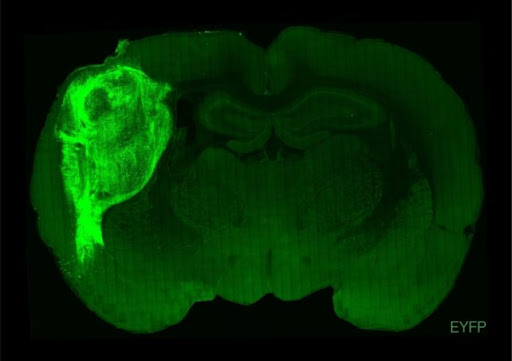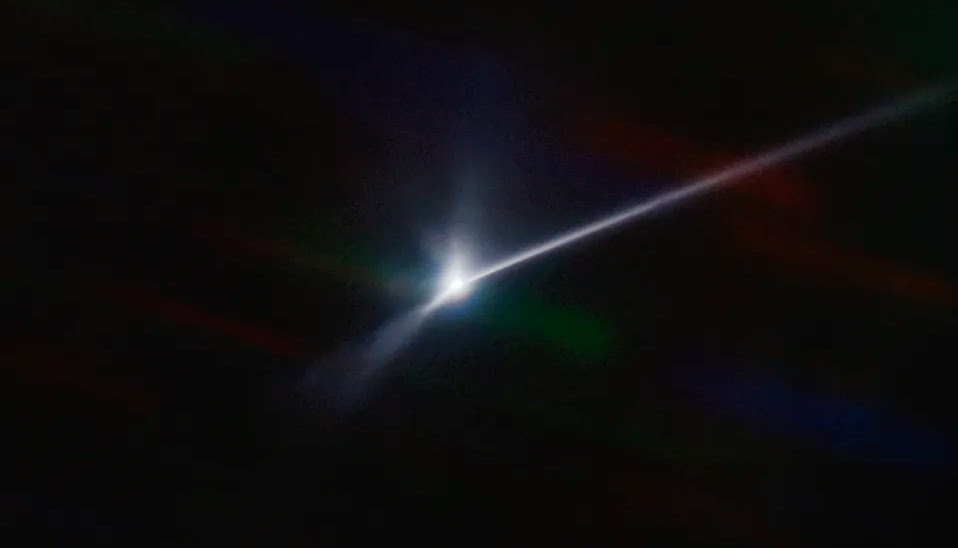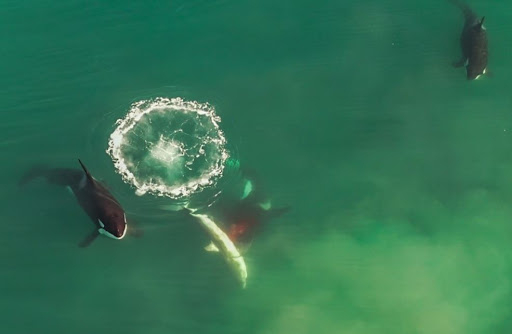Beam me down, Scotty

Image: US Air Force Research Lab
In a live demonstration in front of the European Space Agency and Airbus, New Zealand-based startup Emrod recently showed off new tech that can be used to beam down solar energy from space.
☀️🛰️ Background: The idea of space-based solar power isn’t new. The first patent for such a satellite was filed in 1973, and the idea showed up even earlier in Isaac Asimov’s 1941 short story Reason.
The potential advantages are simple: a higher collection of the Sun’s energy due to no atmosphere, as well the potential for 24-hour solar power. But just like running the 400-meter hurdle, there are still some… obstacles to overcome.
- To beam several gigawatts of solar energy from a geostationary orbit around Earth (aka enough to power 1-2 million homes), you’d need a transmitter measuring roughly 1.2 miles in diameter – both on Earth and in space.
- For context, the largest single structure ever built in space, the International Space Station, measures 361 feet by 243 feet. And even that took 10 years and 30+ space launches to assemble.
⏩ Which brings us to two weeks ago… when Emrod successfully demonstrated its near-field energy beams, which the company says are much more efficient than other existing technology. The result? It unlocks the ability to deploy smaller transmitters (~6 feet in diameter).
- The startup plans to set up a network of hundreds – or even thousands – of these antennas in orbit.
🌎 Zoom out: A handful of other countries’ governments or militaries are currently exploring the feasibility of space-based solar power stations, including those from the US, UK, China, and Australia.
Share this!
Recent Science & Emerging Tech stories

Science & Emerging Tech
| October 13, 2022This probably isn’t the mind control you’re thinking of
🐀🧠 After neuroscientists at Stanford University transplanted specialized human brain cells into newborn rats, the human cells integrated with the rat tissue and continued to mature, per a new study published in Nature.

Science & Emerging Tech
| October 12, 2022NASA’s DART Mission was a smashing success
🛰☄️ Humans have officially proven we can alter the cosmos, per a NASA press release from yesterday documenting the success of its Double Asteroid Redirection Test (DART) mission.

Science & Emerging Tech
| October 7, 2022“Fish are food, not friends” –orcas, probably
🦈🐋 Scientists have provided the first video evidence that orcas (aka killer whales) are capable of hunting and killing great white sharks, per a new study published this week in the peer-reviewed journal Ecology.
You've made it this far...
Let's make our relationship official, no 💍 or elaborate proposal required. Learn and stay entertained, for free.👇
All of our news is 100% free and you can unsubscribe anytime; the quiz takes ~10 seconds to complete